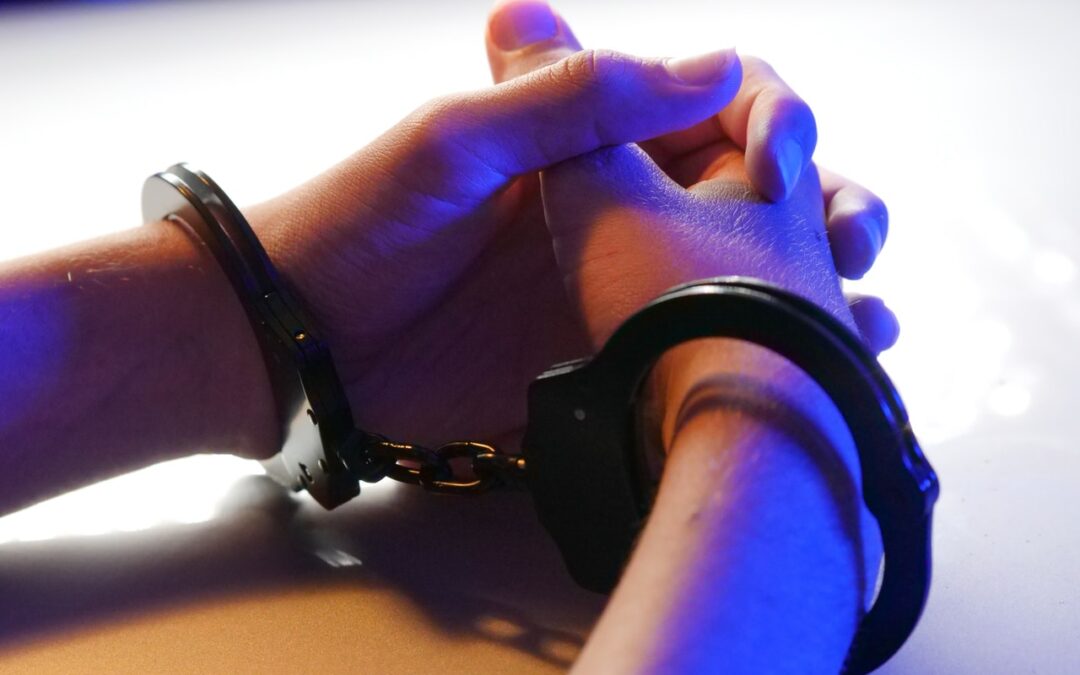Two legal elements may make or break a criminal case: probable cause and reasonable suspicion. This article will define these legal elements and how they can affect your case.
How Is Probable Cause Defined?
Any lawyer will tell you that law enforcement must have probable cause before making an arrest. This indicates that officers have clear and objective evidence of illegal activity. Furthermore, if officers discover concrete proof of a crime, they may also have probable cause.
This means that law enforcement must uncover solid evidence of a crime to get a warrant and conduct an investigation.
Instances of Probable Cause
Suppose an officer monitors Main Street when he notices a man racing down the street with a huge duffel bag. While sprinting, the individual trips and drops the bag, which splits apart to show many things ranging from watches to various vintage jewelry pieces. Suddenly, the police receive a radio call that a local pawn shop has been looted.
At this point, the officer may confidently state that the guy sprinting away from the establishment with a duffel bag full of stolen items is most likely the offender. Because the police have probable cause, the arrest can go through.
How Is Reasonable Suspicion Defined?
While probable cause is based on objective events and evidence, reasonable suspicion is more akin to a hypothesis than solid proof. Often, reasonable suspicion prompts an officer to investigate in the vicinity of a suspected illegal action.
However, no matter how reasonable an officer’s suspicions are, they cannot legally arrest someone just on suspicion. This is important to note, and tell your lawyer immediately if this happens.
Instances of Reasonable Suspicion
Suppose a cop looks to the nearby park and observes a man glancing about as if he’s waiting for someone. Then another man approaches him, and they appear to converse briefly before shaking hands.
The first man is alone while the second man goes away. Not five minutes later, another person approaches the individual and begins a discussion. They also shake hands, but the newcomer’s body angle does not conceal the money he trades before the handshake.
The officer has a reasonable suspicion that a narcotics sale is occurring now. While the police cannot arrest the man in the park, they may investigate him by asking for his name and checking his criminal record.
How These Two Concepts Can Overlap
Reasonable suspicion may easily lead to probable cause in several instances. This indicates that an officer discovers evidence of a crime while watching a scenario based on reasonable suspicion, which leads to probable cause and an arrest.
For example, an officer may be conducting a traffic stop. They observe a driver acting strangely and veering over the lines. They are not only driving erratically, but they are also exceeding the speed limit by 20 miles per hour.
The police activated their siren and pulled over the motorist. When they urge the driver to roll down the window, they discover a strong odor of alcohol and bottles of beer cluttering the passenger seat.
The police may request that the motorist take a field sobriety test or a breathalyzer and discover that the driver’s blood alcohol concentration (BAC) is significantly higher than the legal limit. The officer now has the authority to arrest the suspect for drunk driving.
At first, the officer had just a reasonable suspicion that alcohol may be a cause of reckless driving. However, after additional investigation, they discovered evidence of illegal conduct.
Conclusion
Although probable cause and reasonable suspicion play roles in a criminal investigation, the two are often confused for each other by defendants and their friends and family members. As such, it is crucial to ensure everyone is on the same page regarding the legal elements of an arrest.
Are you looking for a criminal attorney in St Charles, MO? Wayne Schoeneberg has over 40 years of experience as a DUI and criminal defense attorney. Book an appointment today!

